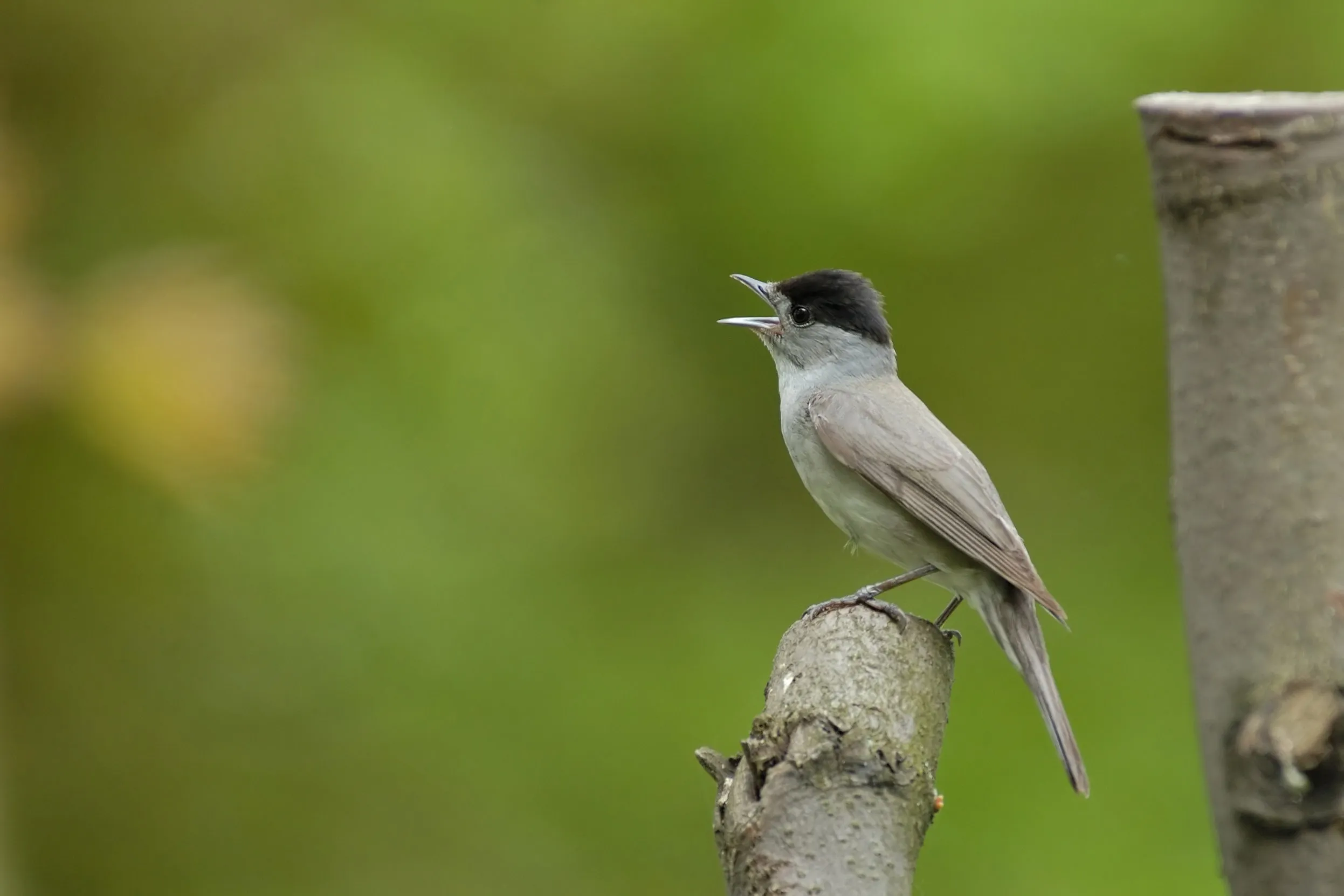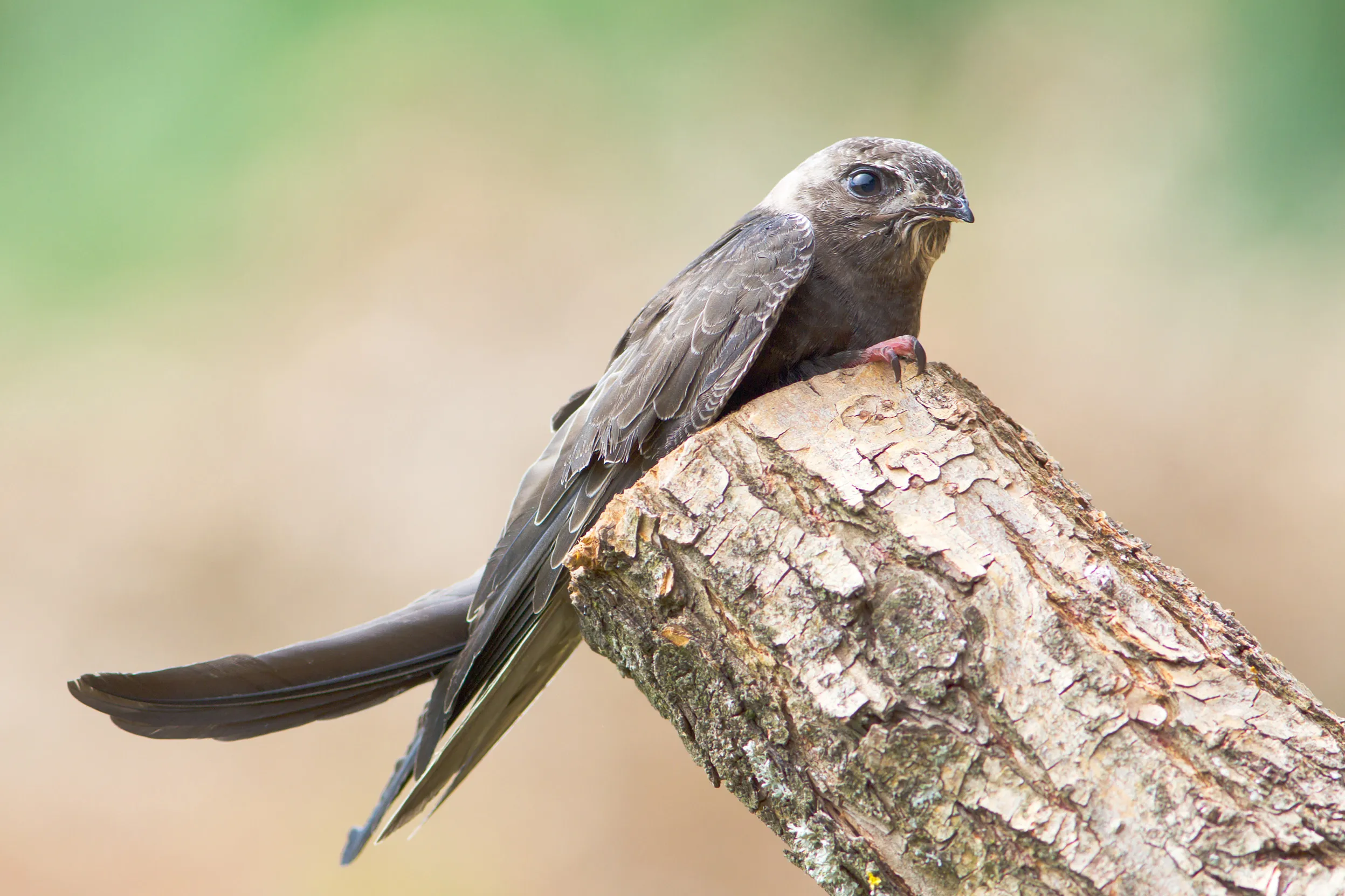
Sounds of... Parks and Gardens
Birdsong: it’s the soundtrack to our adventures, the tunes to which we explore. This is your guide to some of the brilliant birds whose songs accompany you as you head out into the open air this spring and summer.
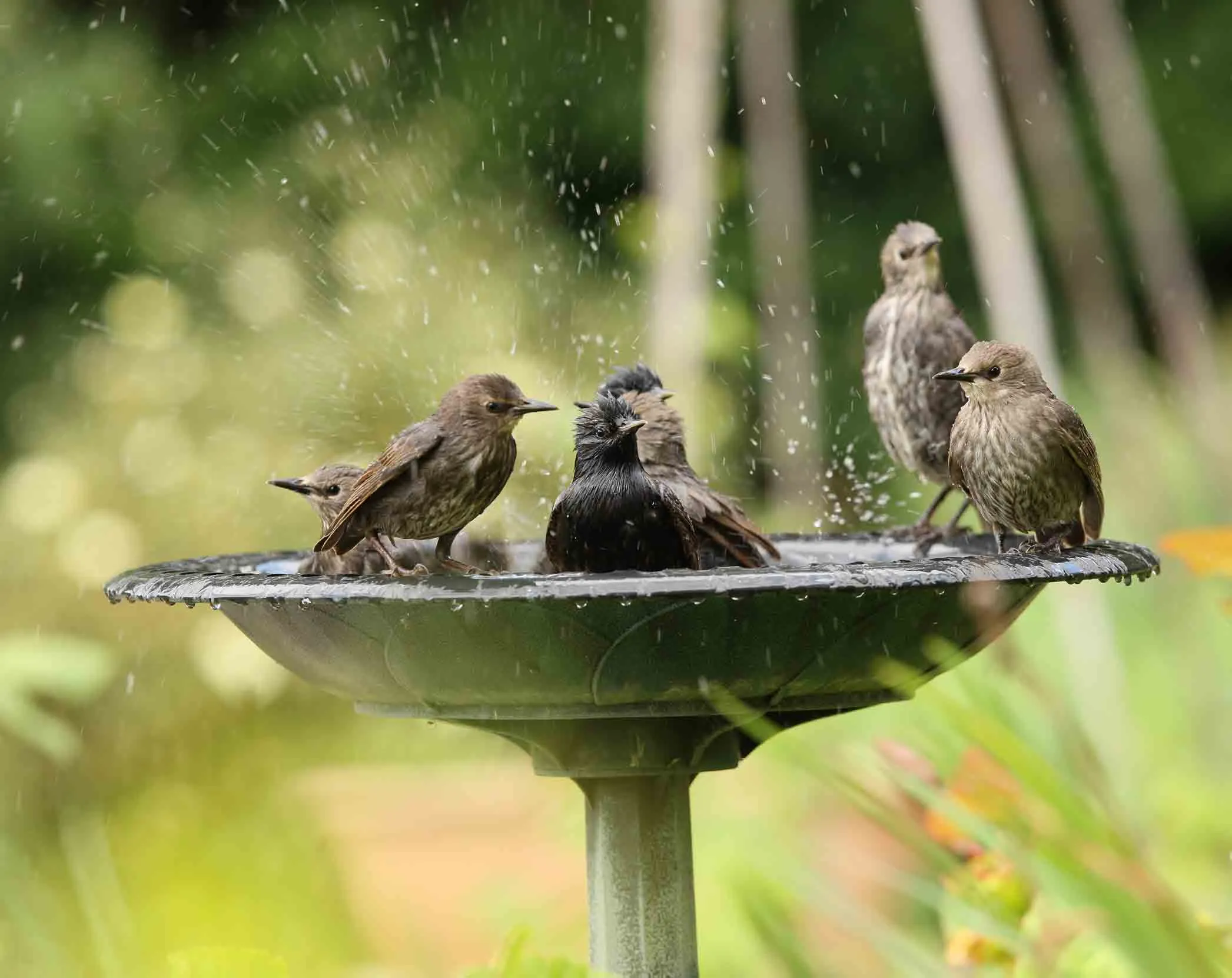
On this page
The Sounds of… Parks and Gardens include some of the more well-known birds which appear in our towns, cities and countryside. In fact, some of them, like the Wren, appear almost anywhere.
There are so many species that you might encounter in parks and gardens, so we have created another page specifically for tits and finches here.
So, whether it is the screech of a Swift soaring overhead or the space-age song of a Starling, we hope this guide will help you identify the calls of some of the most iconic species which sing, or shout, as you head outside this spring and summer.
Swift
Swifts spend summer in the UK, often seen flying high overhead like a fast-flying dark crescent moon. Its wings are long and narrow, and it has a short, forked tail.

House Martin
House Martins arrive for the summer, bringing their DIY skills to build or repair a home, often underneath the eaves of houses. Its glossy blue-black upper body and wings are offset by a striking white behind.
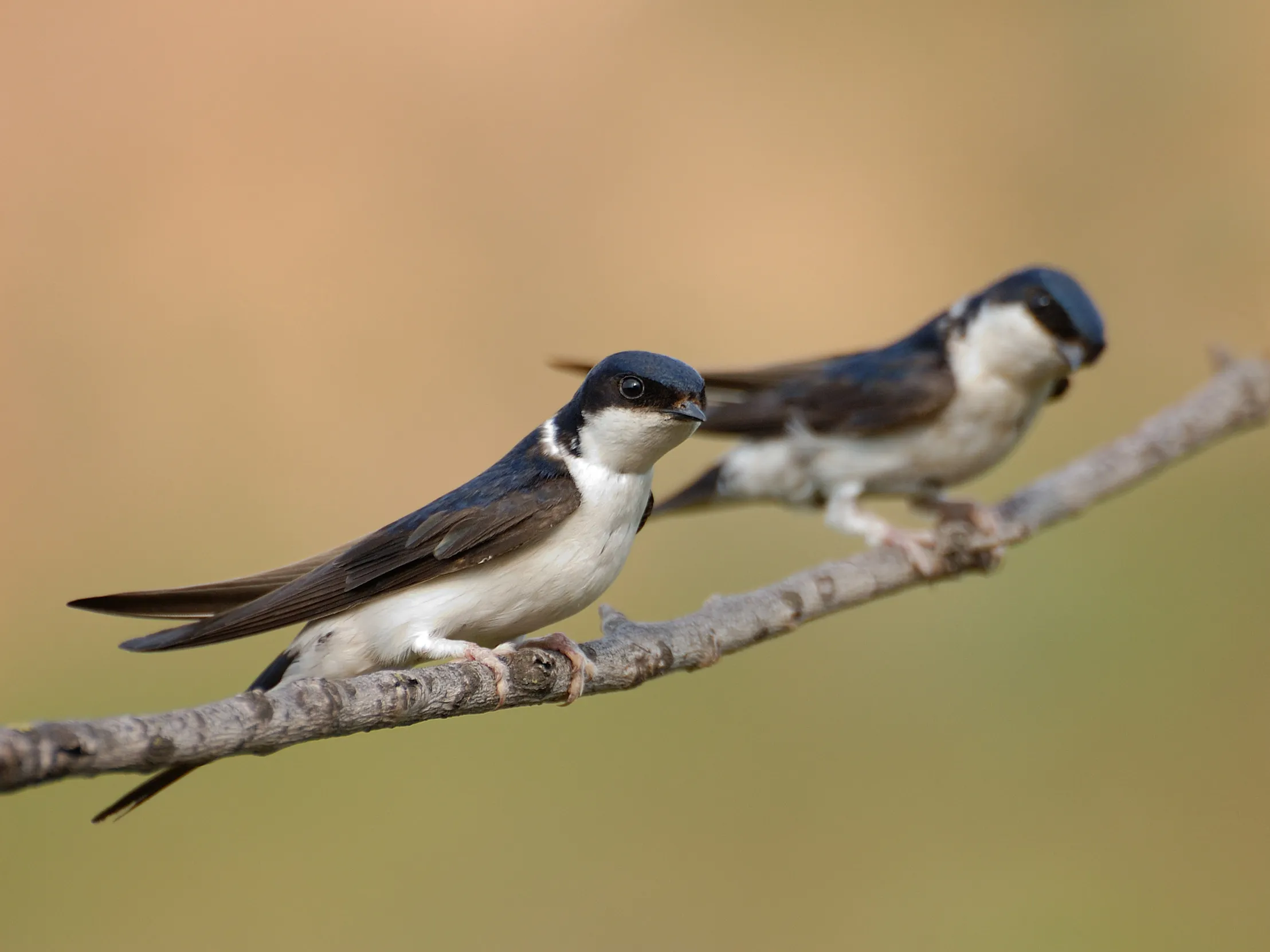
House Sparrow
Ah the House Sparrow. The little brown bird with a lot of character, often found in small flocks in gardens and parks. Males look like little old men, with a black “beard” and a grey cap, while females are all brown.
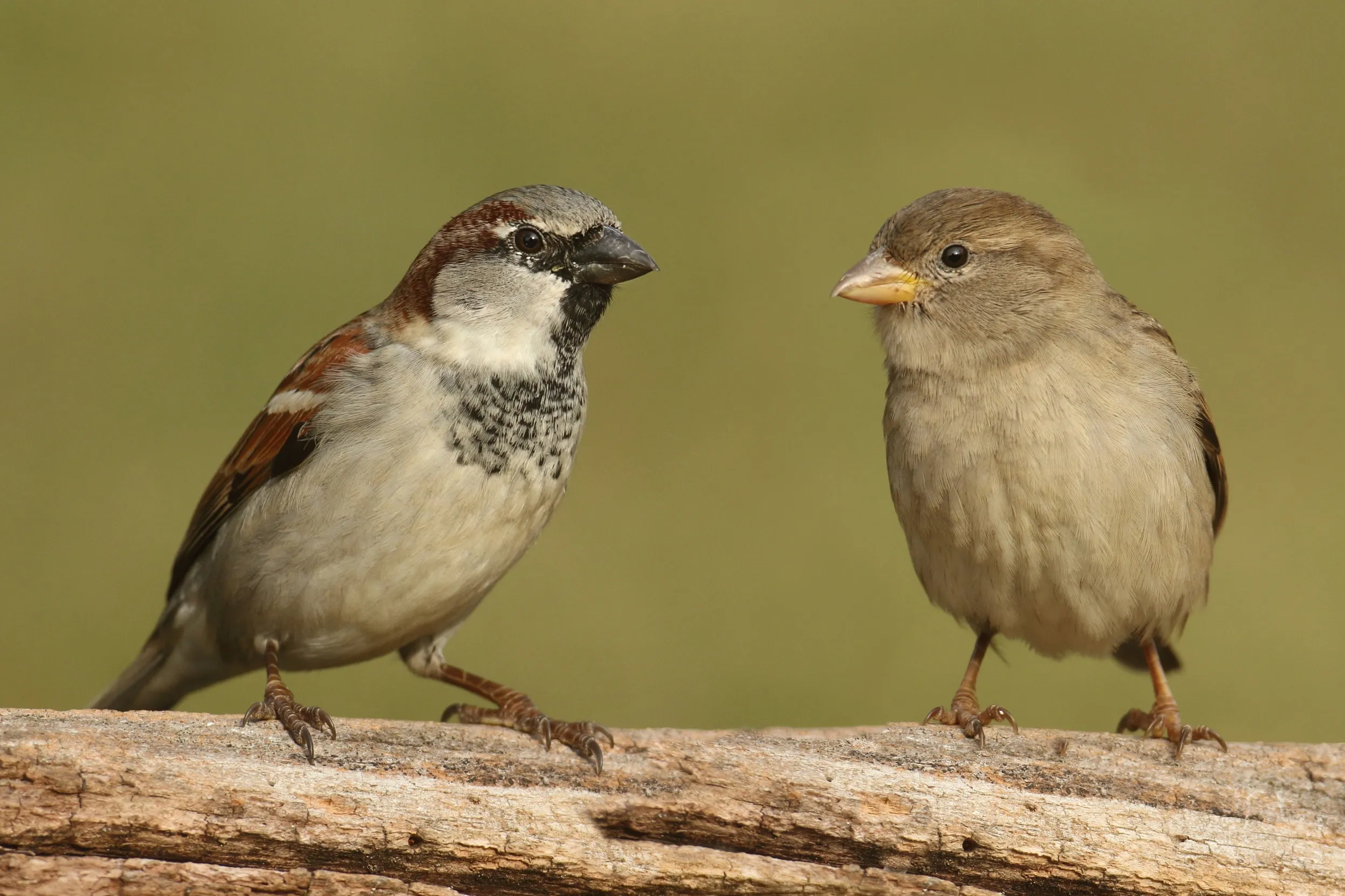
Dunnock
Never call a Dunnock a sparrow. They might be small, they might be brown, but they don’t like it. Often seen alone nervously hopping in your shrubbery, they like to think they look neater than the sparrow, with a thinner beak.
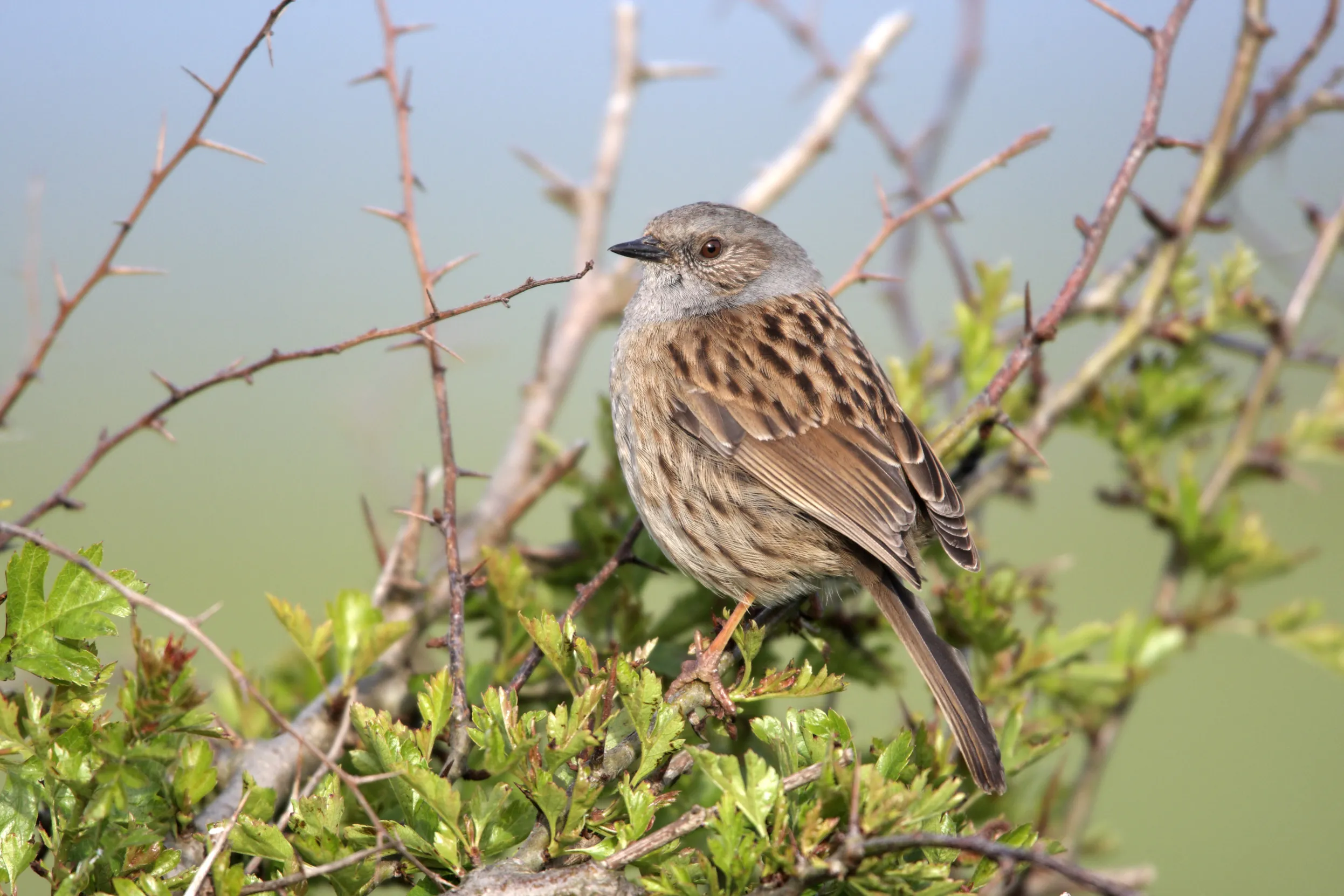
Starling
Starlings are a medium-sized bird often seen stomping around gardens in their shiny black suits like little bird bouncers. But look closer and their subtle beauty is revealed, with their fine feathers shimmering purple and green in the sunlight.
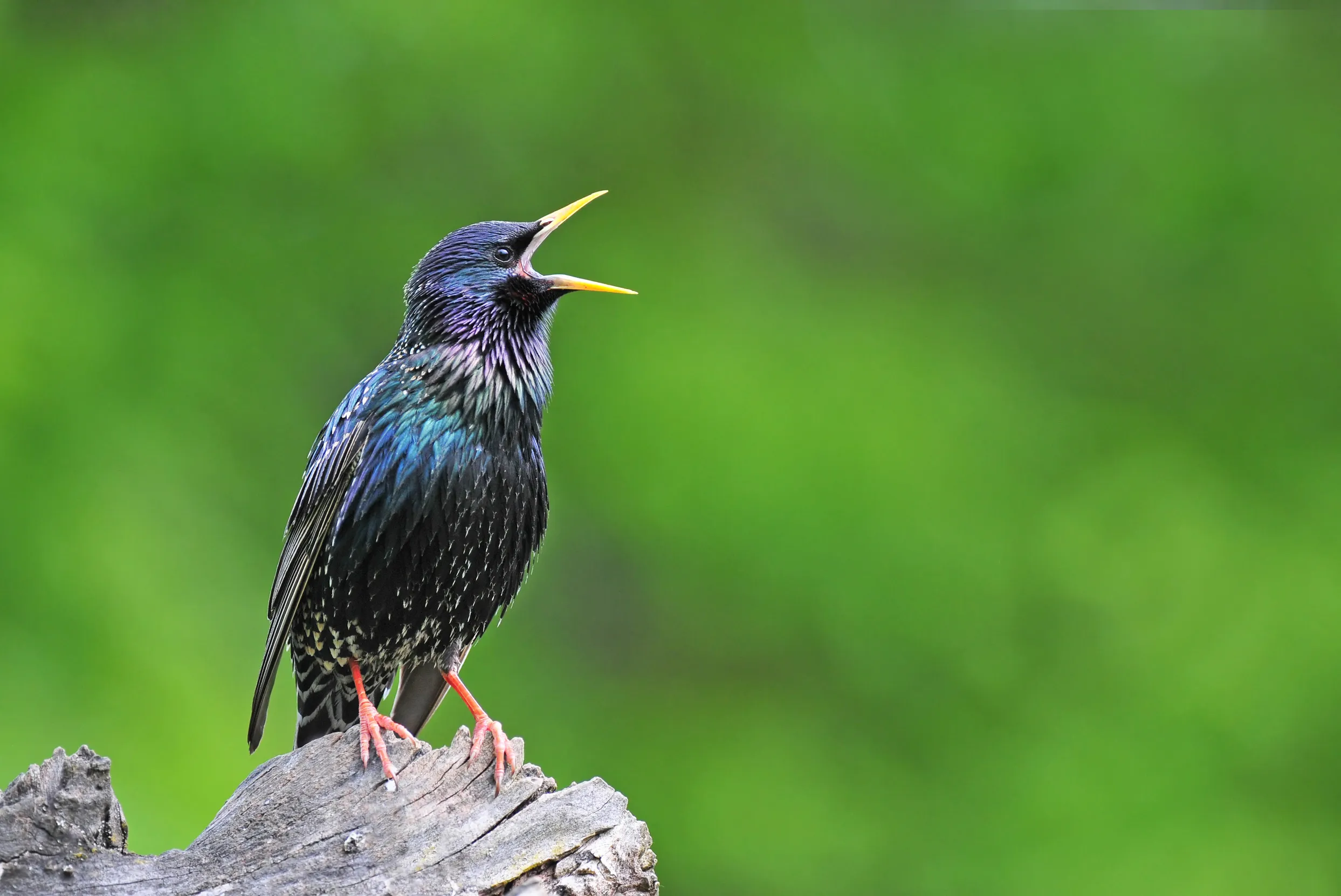
Blackbird
The Blackbird’s name is bang on for the male, who is a black bird, with a bright orange eye-ring and matching beak. But less so for the female who is brown, with dark spots and streaks on their breasts.
Song Thrush
The Song Thrush is a smart-looking bird around the size of a Blackbird. Dressed formally in brown, but with a dapper white speckled ‘shirt’ underneath.

Woodpigeon
The Woodpigeon is our biggest pigeon who always looks a little confused by life. They look neater than the feral pigeon, with a light grey ‘suit’ and a white and green neck collar. But their manner is slightly comical and sometimes clumsy, hence the nickname ‘clatter dove’.
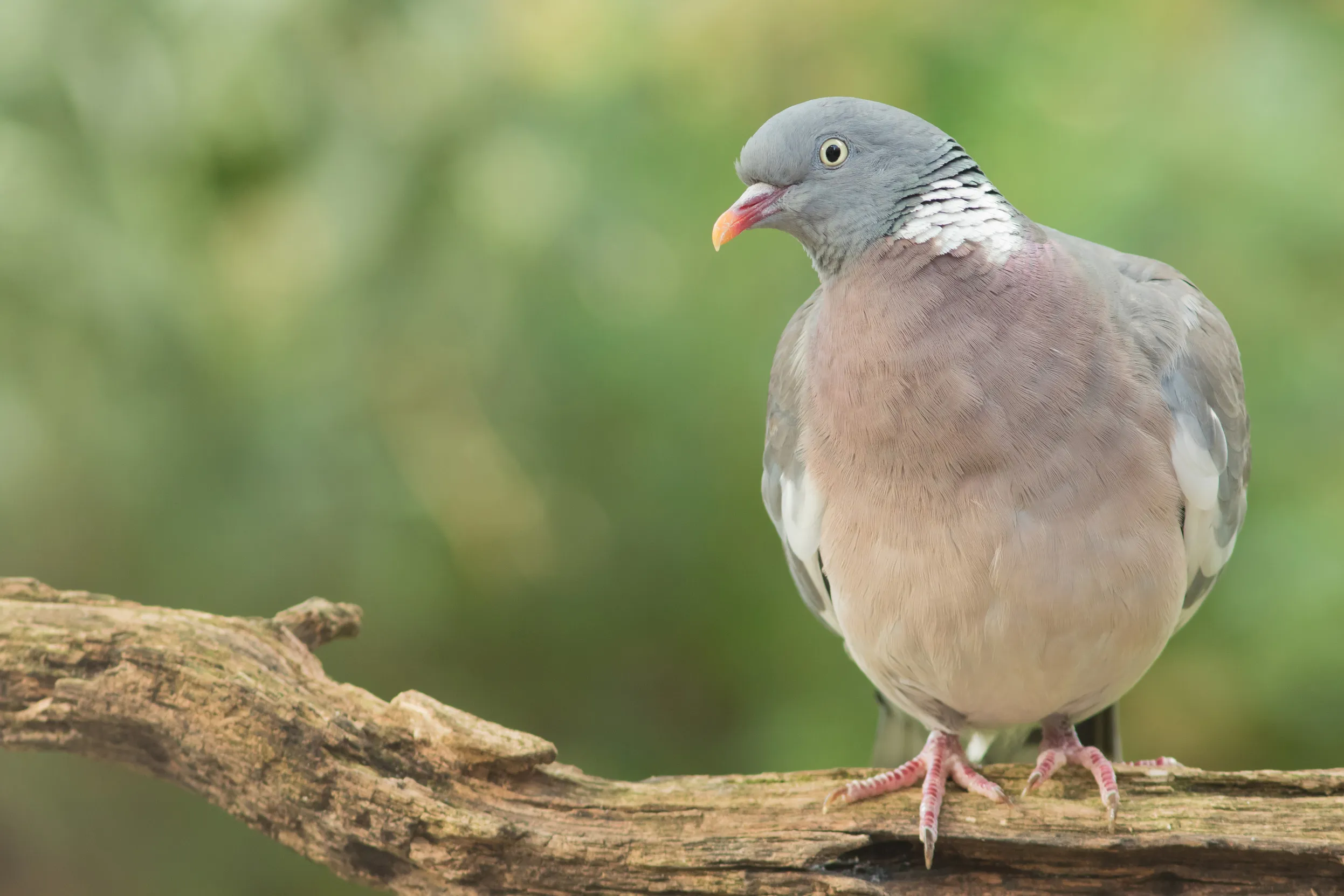
Collared Dove
The Collard Dove is smaller than a Woodpigeon, with a great bobbing walk like Mick Jagger. Light grey with a black collar, hence the name.
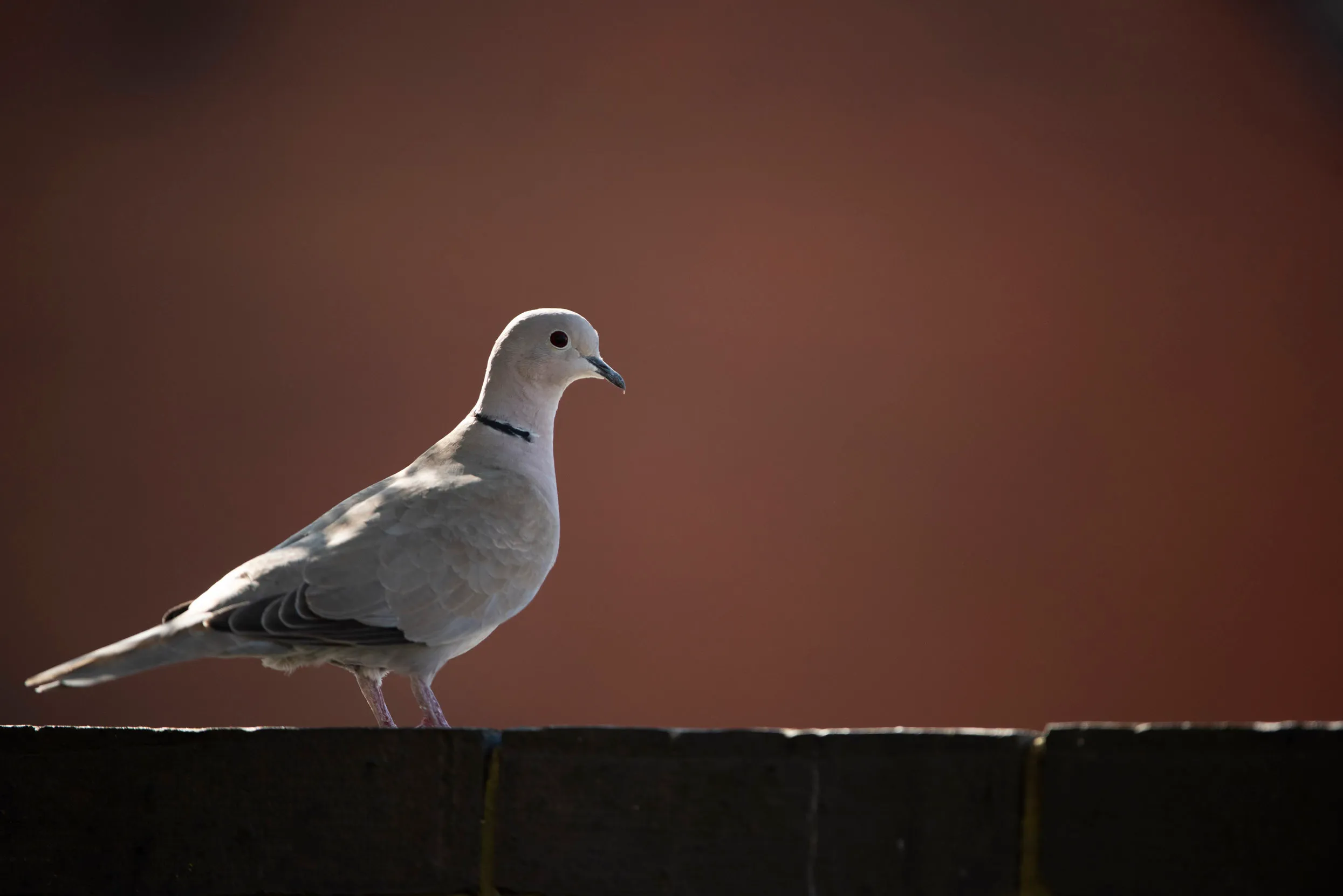
Wren
The Wren is a tiny plump brown bird with a tail which sticks up almost 90 degrees. Our most common bird is often seen flitting at speed between cover. Seems to have adapted to living in everywhere there are cracks and crevices to look for food.
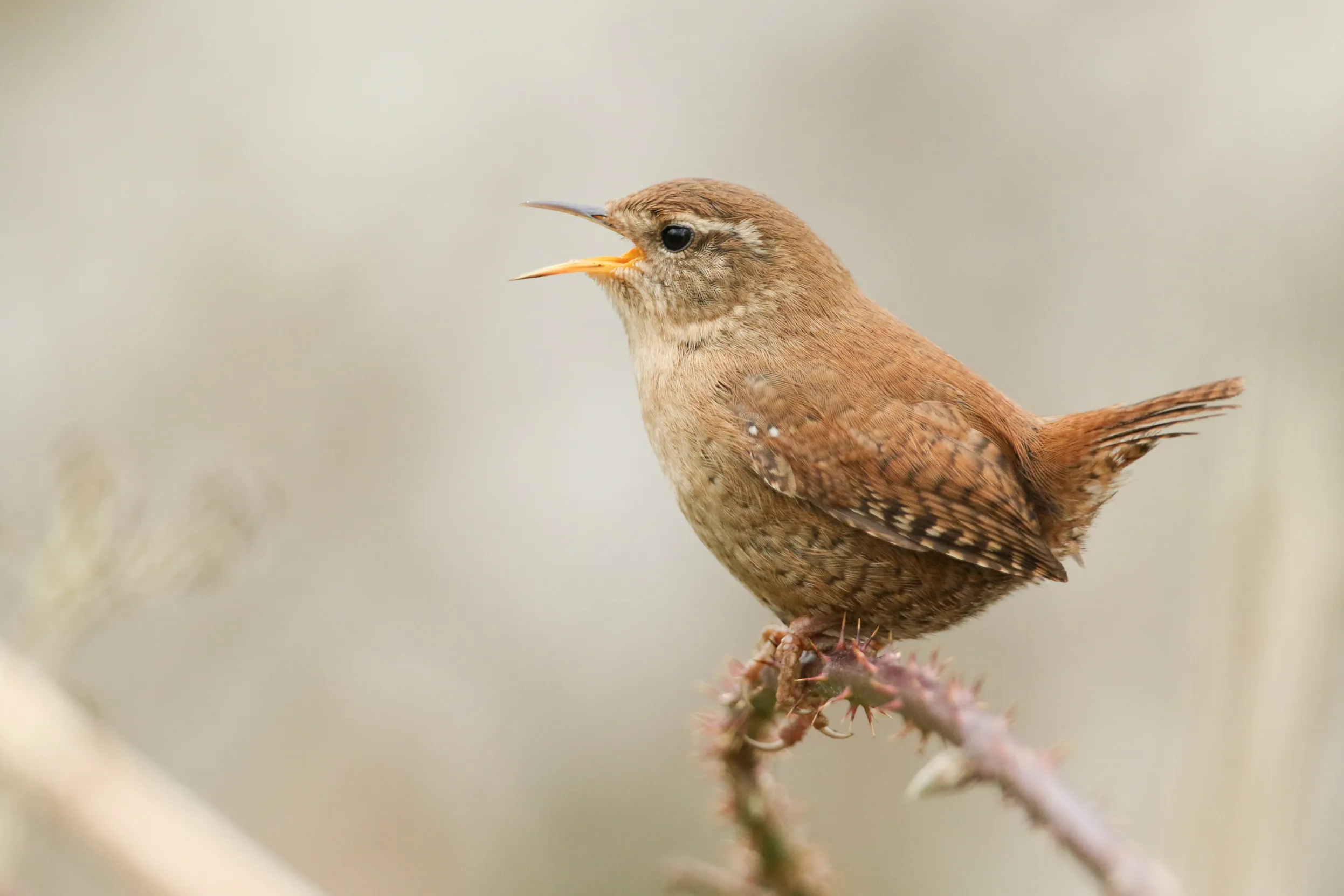
Robin
The Robin – red-breasted style icon, is the Hollywood A-lister of the garden bird world. The male and female look the same and possess the same plucky, pushy, and sometimes downright fierce character traits which defy their cute, plump looks.
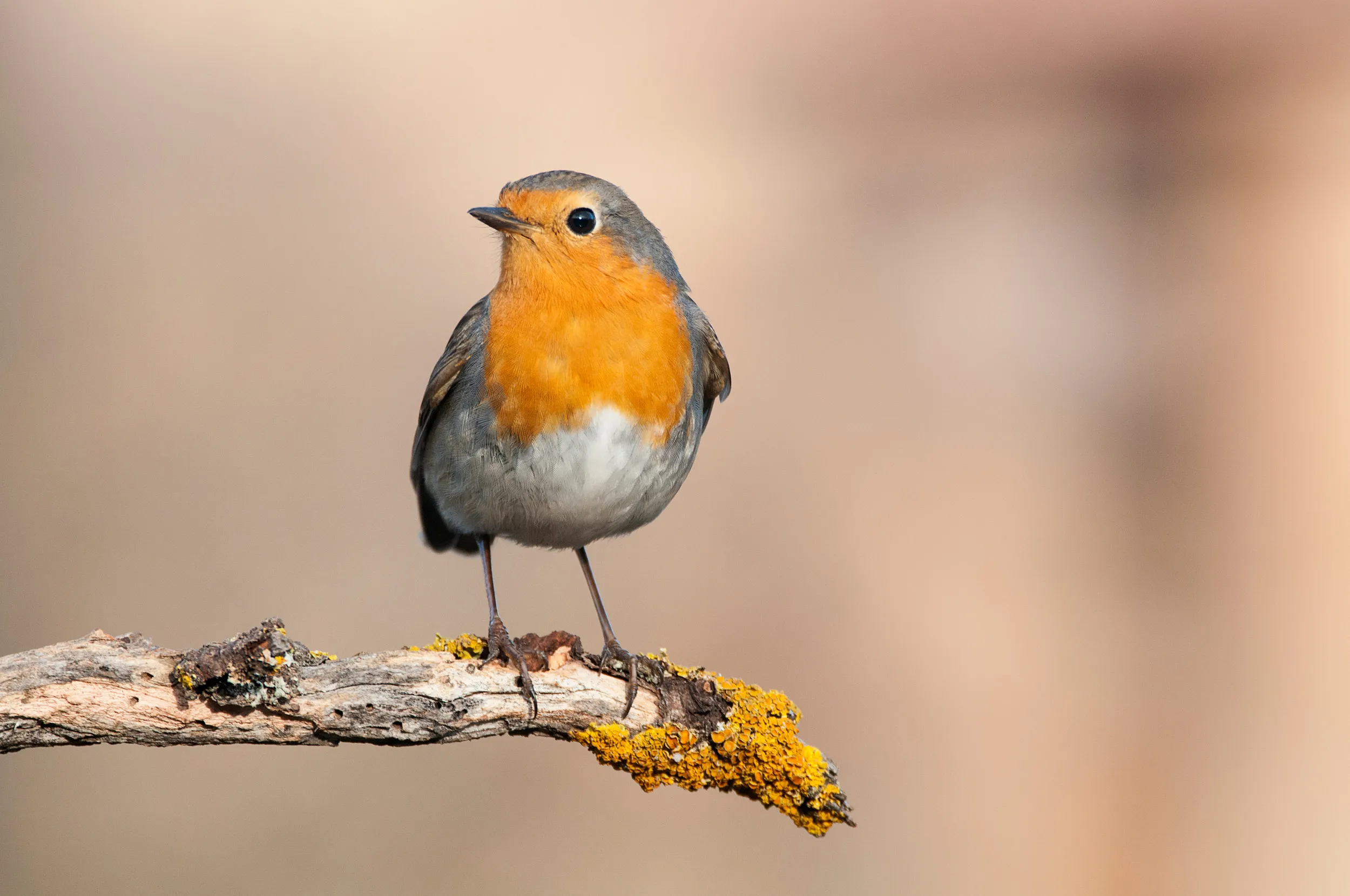
If you're lucky, you might hear...
Spotted Flycatcher
The Spotted Flycatcher is a summer migrant which doesn’t stay long and can go unnoticed in its brownish grey attire. But these birds have real flycatching skills – jumping out from their perches to catch insects in mid-air. Best spotted in mature gardens, churchyards or parks.
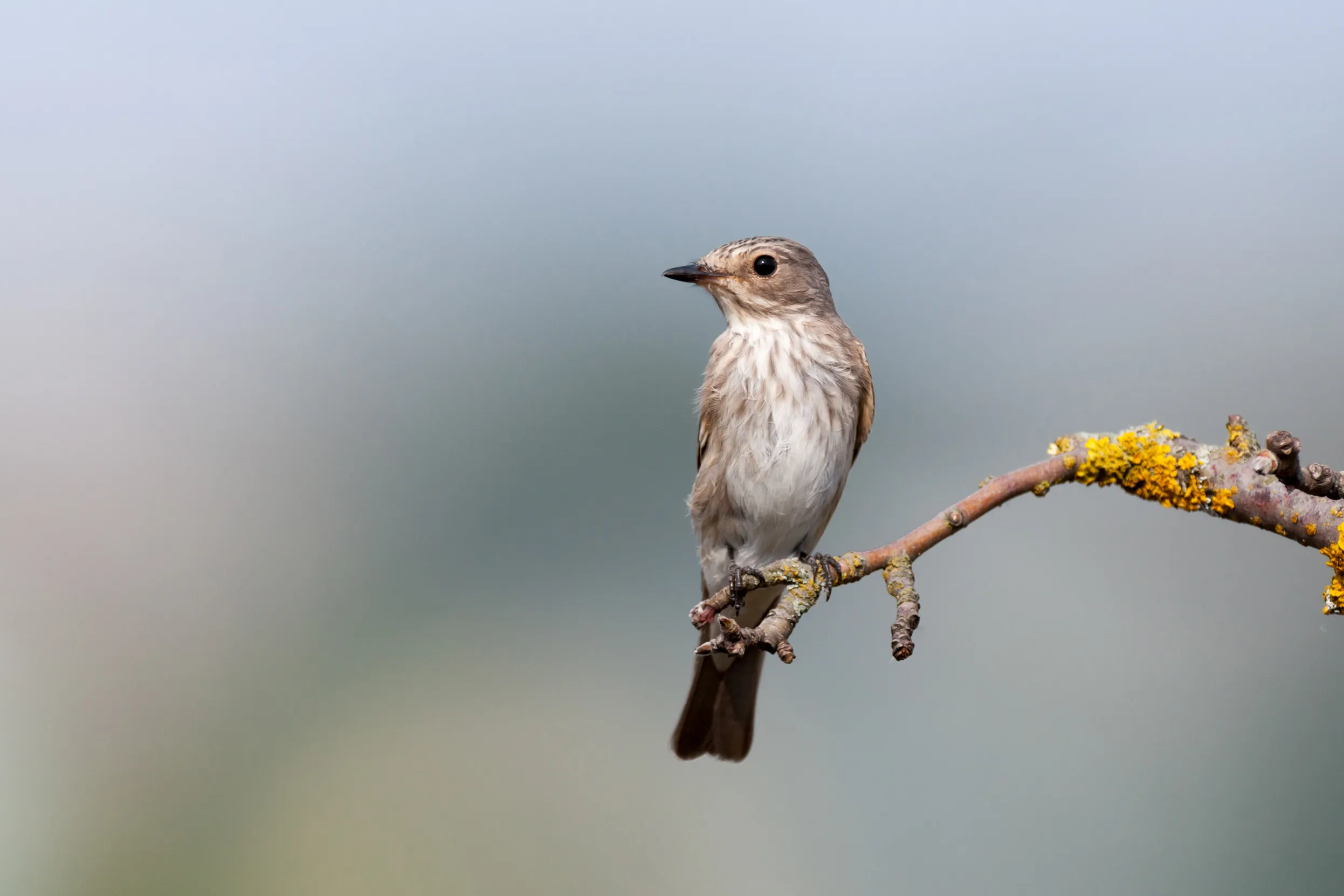
Blackcap
We will start with the obvious – the Blackcap has a black cap. Well, the male does, the female’s is more of a chestnut. Both are grey and around the size of a chaffinch. Some winter here, but many more return to our shores in spring to breed.
